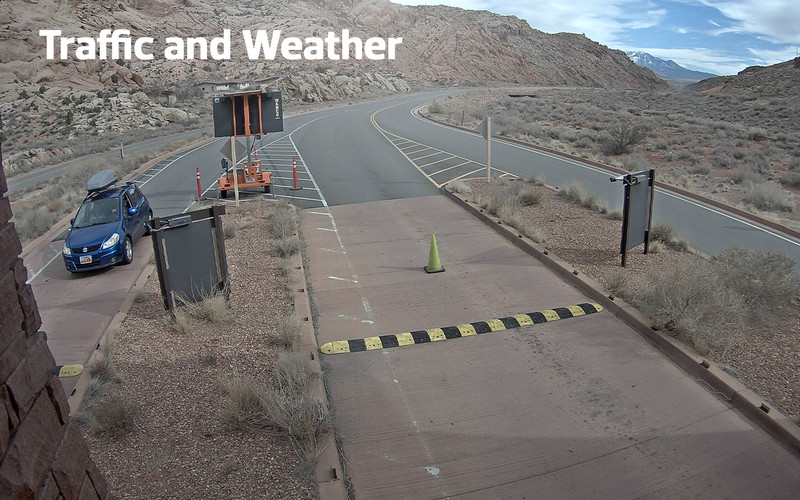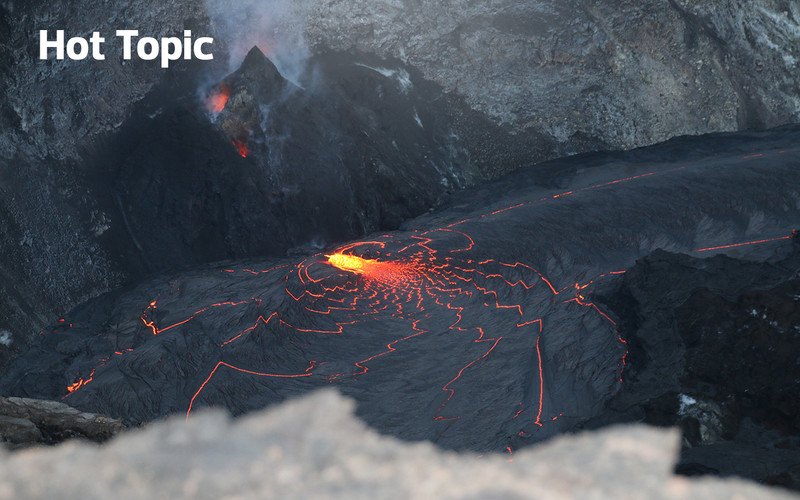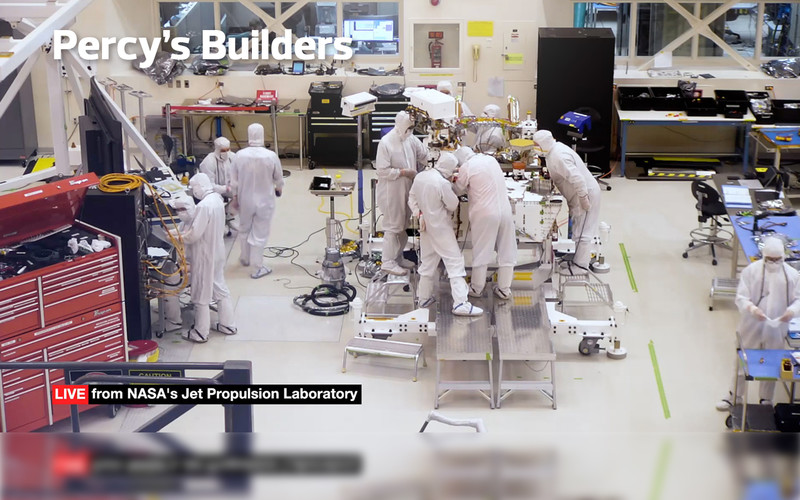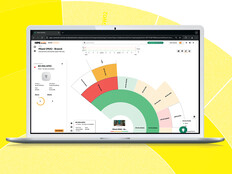The NCTC tried to stream its own webcam at first, but its network is set up for internal communications and security, not for a public interface, says Clayton McBride, the NCTC’s audiovisual production specialist.
“It bogged down our system considerably,” he says.
The Fish and Wildlife Service now has a relationship with the Outdoor Channel to provide enough bandwidth to handle the Eagle Cam livestream for the NCTC.
The National Zoo webcam gained fame in 2005 when Mei Xiang delivered the zoo’s first baby panda to survive more than a few days past birth. The outdated system was replaced in 2013, just in time for the birth of Mei Xiang’s second surviving cub, Bao Bao. The new, internet-based system is connected all on one network, including an additional webcam system at the zoo’s research facility in Front Royal, Va. The cameras send compressed video files through the network to servers that archive all of the camera views.
A video management system operates the software that determines the cameras’ functions, such as sound recording. With a single network, security firmware and software updates are easier and faster. Unlike the old system, which was often strained by viewers who let the Panda Cam run all day, the zoo webcams now automatically turn off after 10 minutes of watching.
READ MORE: Find out how NASA, the National Science Foundation and other agencies keep tech working for far-flung employees.
Cloud and Processing Tools Support Livestreaming
Most agencies use off-the-shelf equipment from Nikon, Sony and Canon. They can take advantage of commercial innovations growing out of a hot market for security cameras. Many modern webcams can pan, tilt and zoom — a feature known as PTZ — with a switch to a central console where operators control which camera streams and its direction.
The ISS, for example, has six direct streaming cameras, mostly on its exterior, and began upgrading about five years ago from standard-definition to high-definition imagery, Fontanot says. The newer cameras are either Nikon D4s, modified to stream video rather than just take stills, or Nikon D7s.
The cameras also work as wireless access points; helmets worn for space walks can connect with them to Wi-Fi. NASA plans to use them to livestream Earth views from another camera outside the ISS that uploads data to the IBM Cloud Video platform, he says.
Livestreams require heavy processing power. “It takes computers. It takes software. It takes a lot of things,” Fontanot says.
Some agencies have upgraded to 4K resolution, which captures four times as much data as 1080 dot-per-inch high definition.

















